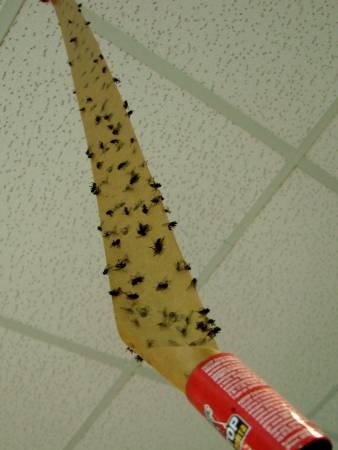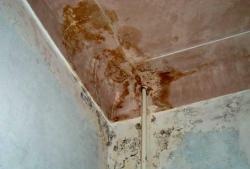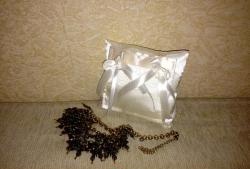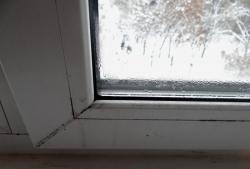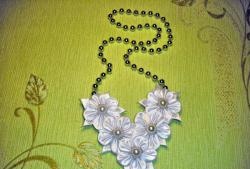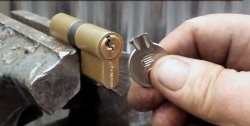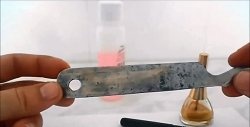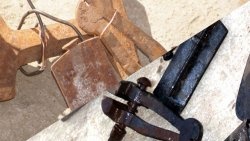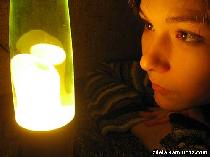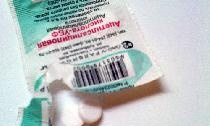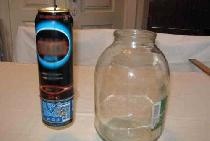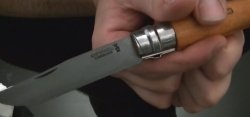Who are flies and how to fight them?

I think everyone is familiar with these annoying insects. And we all (or almost everyone) know how to deal with them, this is attaching mesh to the windows (in extreme cases, tulle), hanging adhesive tapes to prevent flies, and that’s enough. The main thing is to avoid leaving doors and windows open if possible. But if, after all, flies are already in your home, you can recommend some ways to remove them.
There are many different types of flies in nature. However, the most common is the housefly. In rotting waste, in rotten vegetables, in garbage, the fly lays up to 100 eggs at a time, from which larvae emerge after a few hours. After a few days, the larvae pupate, and then flies emerge from them. All this takes about six days. The average lifespan of a fly is 35-40 days.
The fly has a sticky pad strewn with hairs at the base of each leg, which allows the insect to move freely along smooth walls and ceilings. On these sticky pads (as, indeed, on other parts of the body), the fly carries a huge number of microorganisms.On one fly you can find several million different microbes, including pathogenic ones. Flies can carry pathogens of such dangerous diseases as dysentery, anthrax, cholera, tuberculosis, and typhoid fever.
The first and main condition for fighting flies is cleanliness. If the rooms and kitchen are clean, the floors are swept, there are no crumbs or leftover food on the table - flies are rare guests here.
To drive flies out of the room, it is recommended to tightly curtain the windows for 10-15 minutes. Then quickly open the window, leaving all other parts of the window darkened. The flies will head towards the light and fly out of the room.
It has been noticed that flies are afraid of drafts, so you need to ventilate the room more often. If flies enter the room from the street, the window should be covered with mesh.
In summer, when washing windows and floors, you need to add a little kerosene to the water.
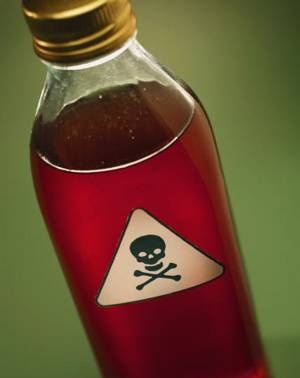
1) take 1 g of saccharin and 10 g of honey per glass of water. Soak the paper in this mixture and dry. When using, place the paper in a plate and moisten it with water,
2) take 40 g of sugar in half a glass of milk and add 40 g of black pepper powder. Saturate the paper with this mixture,
3) make a mixture of 1 spoon of formaldehyde, 5 spoons of sweet water and 3 spoons of milk. Pour the mixture into bowls and place a piece of bread in the middle.
4) dilute DDT powder or hexochlorane with water, and wipe the walls and windows of rooms, restrooms, and trash cans with the resulting liquid. Treatment with DDT lasts up to 3 months, and with hexochlorane - slightly less.
It is recommended to alternate both drugs, otherwise the fly’s body adapts and the poisons have no effect on the new brood.
House flies are afraid of the smell of tansy; If you place this plant in a room, the flies will fly away.
You can also get rid of insects in your home using carnivorous plants. Plants that trap insects do not require much care. Sundews, butterworts and Venus flytraps are especially effective as fly hunters. Anyone who is afraid of toxic chemicals and considers Velcro “unaesthetic” can try to get rid of uninvited guests in his home by placing pots with hunter plants on the windowsill.
Velcro against flies.
You can make your own sticky tape to kill flies. To do this, put 30 g of rosin and 20 g of castor oil in an iron jar, place the jar in hot water and heat until the contents melt. Add a little honey or jam to the resulting mass, then spread it on thick paper with a brush.
Here are some more adhesive recipes:
1. 200 g of rosin, 50 g of turpentine, 100 g of castor oil, 50 g of sugar syrup or molasses;
2. 300 g rosin, 200 g linseed oil, 60 g honey;
3. 300 g of pine resin, 150 g of linseed oil, 10 g of wax, 50 g of honey or sugar syrup;
4. 400 rosin, 100 g raw honey, 200 g castor, machine or vaseline oil, 40 g glycerin.
All these mixtures are prepared according to the same principle: resin or rosin is melted in a water bath, other components are added and applied hot to paper.
